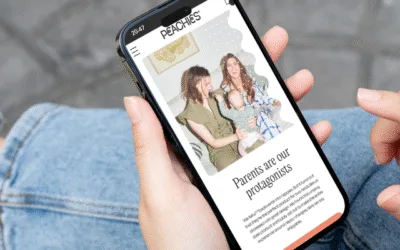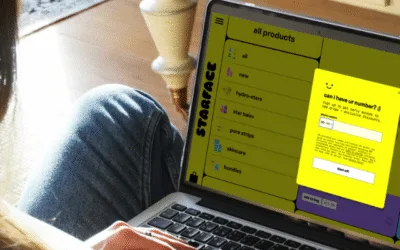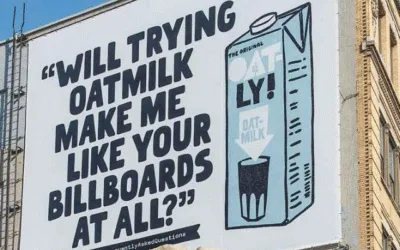Peachies beat Pampers by selling sleep, not nappies. Learn their Ladder of Why messaging trick to make your copy resonate.
Steal Surreal’s Generation Effect copy trick to make your brand un_orgettable
Use this weird-but-effective psychology trick to make your brand stick in people’s brains — just like Surreal, The Economist, and Tesco have.
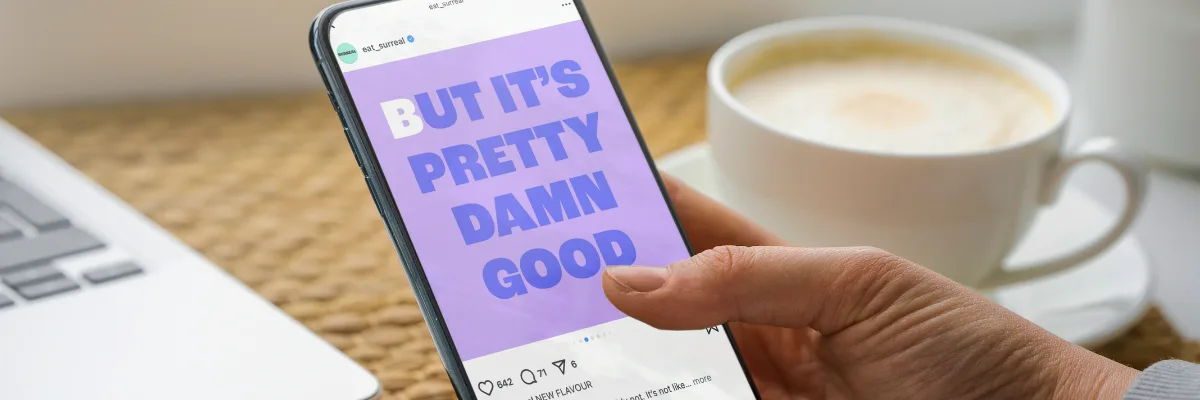
Get pro copy tips, branding tricks and e-comm insights directly to your inbox every Tuesday.
A copywriting trend popping up all over the place lately. (We even touched on it briefly in last week’s email when we mentioned Seep.)
We’ve spotted it everywhere from this Tesco ad…
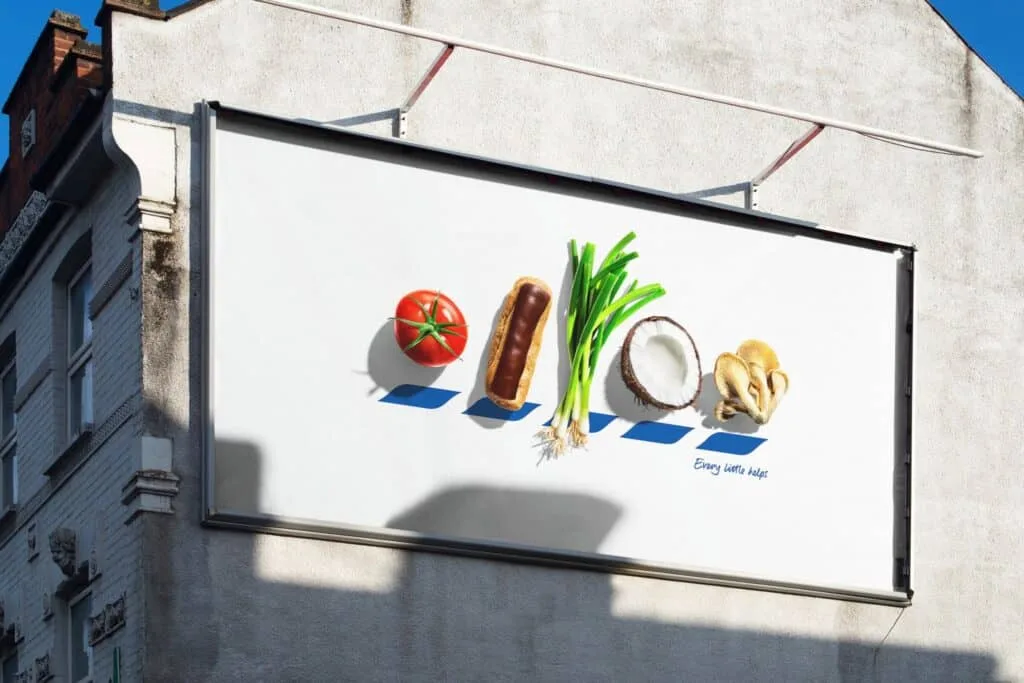
… to those “Don’t look in the bottom left corner”-style reels.
And while it’s not one of those big, banging copywriting techniques that has been proven to drive sales and increase AOV and all that good stuff, it’s a really handy trick to have in your toolbox for times when you need to grab attention and make sure a message sticks.
So, without further ado, let’s dig into The Generation Effect.
💡 This week’s big idea: sometimes, adding friction to your copy can be a good thing.
Here’s a weird thing your brain does: when you have to complete something yourself — even something small like filling in a blank or solving an easy puzzle — you remember it better.
It’s called the Generation Effect.
In the 70s, Slamecka & Graf found that people have up to 2× better recall for words they had to complete themselves (“H _ R S E → HORSE”) versus complete words they read off of a list.
In another early experiment on The Generation Effect, people heard an ad jingle that stopped just before the brand name. Compared to the ones that just heard the jingle that included the brand name, the customers who had to do a bit of thinking to finish the phrase could remember their brand 13% better a week later.
Because when our brains have to generate an answer instead of being given one, we process it more deeply. Your brain literally files it away better.
This isn’t a magic trick.
It’s the same reason we revised at school by writing revision cards. It’s the same reason good teachers help you arrive at a conclusion rather than telling you the answer.
And with copywriting, it’s a really easy-to-use consumer psychology trick that makes your copy way more memorable, especially early in the funnel when people don’t know (or care) who you are yet.
Now, is it going to 10x your business on its own?
No.But will it give you a better chance to win a little bit of extra space in someone’s brain without much effort? 100%, it will.
And in a world that’s making it harder and harder to stand out, that ain’t nothing.
So let’s get into it 👇
Steal a technique that’s been used in big-budget ad campaigns for decades
Some of our favourite ad campaigns of all time are built solely on The Generation Effect ability to grab attention and make people remember their brand.
Like this campaign for The Economist 👇
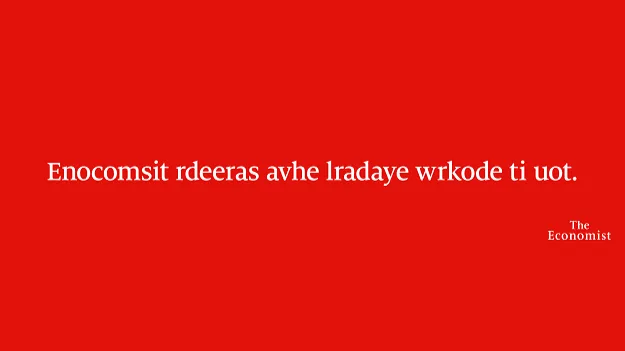
And this blood donation drive from the American Red Cross👇
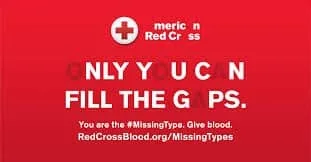
And this classic Christmas ad for J&B 👇
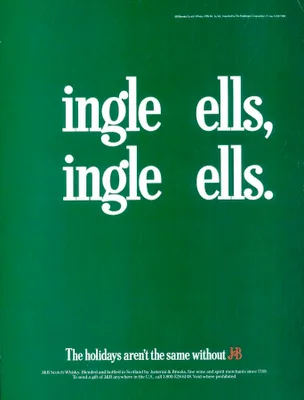
All these super clever, Cannes-level ads are using the Generation Effect’s hold on our brains to make us stop, pay attention and then remember their brand.
What makes these ads really stand out is that they take it one step further and pair the form of the message with the message itself.
In linguistics, this is called iconicity and it’s where the signifier (AKA the form of the message) matches the signified (AKA the meaning of the message).
A jumbled code takes you a moment to decipher but “Economist readers have already worked it out” 👉 The Economist makes you smarter.
A and O are missing from the ad 👉 the blood bank needs types A and O donating.
J and B are missing from Jingle Bells 👉 You need J&B whisky for Christmas to feel complete.
☝️ All of them are wish-we’d-written-that levels of smart.
However, that doesn’t mean that The Generation Effect is ONLY for super clever, award-winning campaigns with huge OOH budgets.
And it doesn’t mean you can only use it when you’ve come up with a super clever, multi-layered meaning.
In fact, the exact same “itch their brain a bit, let them solve it and they’ll remember your brand” mechanics are at play whether it’s a super clever campaign or a dead simple Instagram post or ad that just removes a letter or two.
Take this social media post from Surreal when they were launching a new flavor 👇
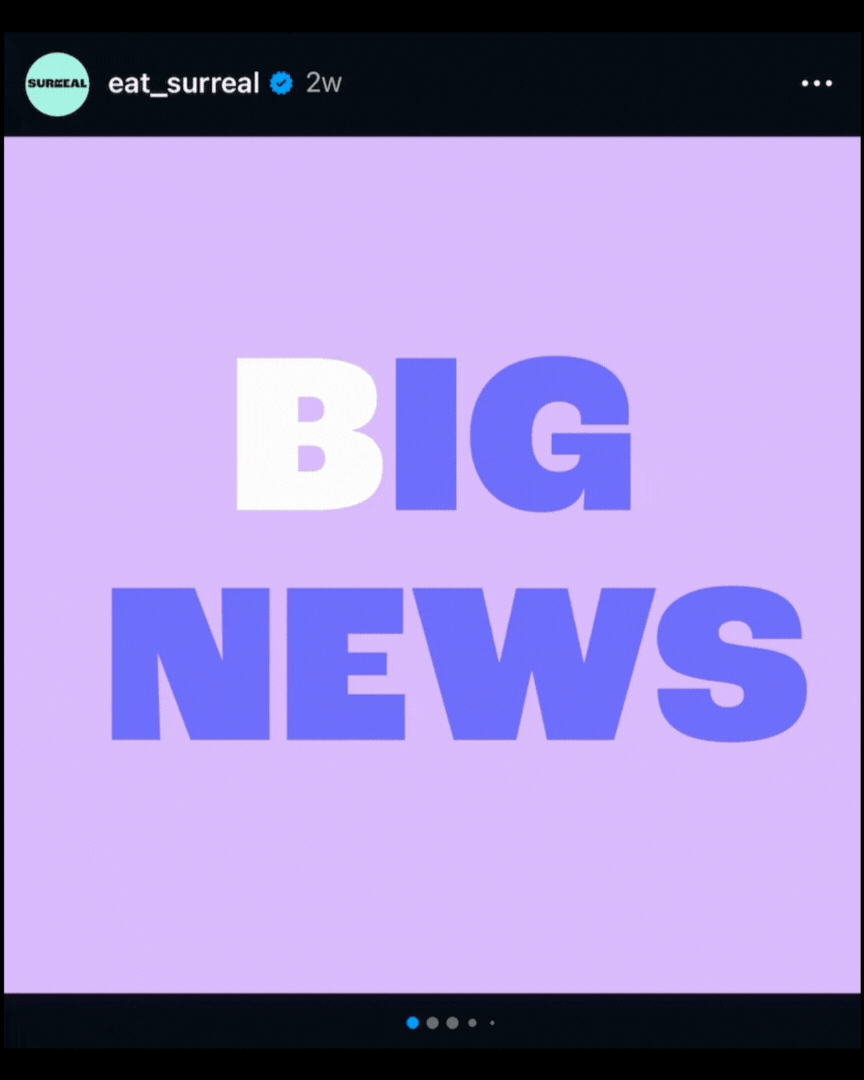
This is a primo example of the Generation Effect.
It spells out the new flavour — blueberry muffin — one letter at a time across an Instagram carousel. That’s it.
But in our brains, as we slowly piece together the flavour, we’re committing it to memory.
(Helped by the colour cues too, to be fair. Pro tip there.)
And in a constant feed of brands teasing and launching new things and generating hype and making noise, getting people to stop, read the whole carousel and commit it to memory is no small feat.
Kudos, Surreal.
👋 Remember to make your cleverness inclusive.
If you’re blanking out letters or words, make sure your alt text spells out the full message, not the code.
Why? Because screen readers will literally read “underscore” or just get stuck. Alt text should explain what’s meant, not how it looks.
Otherwise, your cleverness is coming at the cost of leaving people out.
How to put The Generation Effect to use in your copy
First of all, let’s just recap when to use this technique…
✅ In social posts, OOH campaigns, awareness ads.
❌ Running “B_y n_w for £19._8” buttons.
This isn’t a conversion tool. It’s an awareness tool.
So the trick is to use it in places where you’re fighting for awareness and brand recognition.
Then, it’s all about creating the perfect puzzle.
Stage 1: find a way to take your information and make it into a puzzle or game of some kind.
A word search, a crossword, a missing letters puzzle, a spot the difference…
Whatever idea you land on, the key element is to add some friction that invites the user to get involved.
Why? Because this friction does the same thing as our favourite Patagonia ad and plays on two biases that makes it almost impossible for our brains to resist solving the puzzle.
👉 The first one is called the Zeigarnik Effect and it’s essentially that our brains are wired to remember uncompleted tasks more than completed ones.
👉 The second one is the Information Gap Theory, which says that we’re drawn to want to seek out information to “close the loop” on answered information like moths to a flame.
When these two things come together, your brain lights up and you’re hooked.
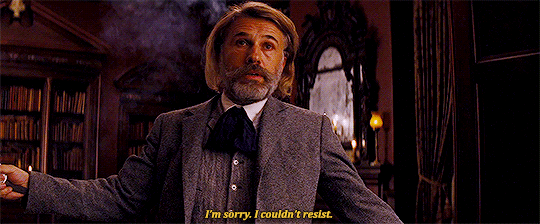
Step 2: make sure your puzzle hits that sweet spot between too easy to solve and too difficult to solve.
According to research into the Generation Effect, the key to a really effective Generation Effect ad is to add just enough friction and intrigue that it takes around 3 seconds to solve it.
If it takes any longer than that, it actually has the opposite effect and people do not pay any attention at all.
And if the answer is so easy and spoon-fed, the Generation Effect is completely negated as well.
Remember: the +15% brand recall benefit comes from making your customers’ brains work just a little bit so they get that hit of aha! I was right! dopamine that follows.
So ask yourself:
- Can I turn this post or idea into a puzzle we can get our audience involved with?
- Can we make this interactive and playful?
- How can we give them 95% of the information and let their brain do that last 5% of work?
There’s no formula or rule here, so have some fun with it. Get creative.
👋 Pro tip: these types of social media post tend to work best when they feel a bit tongue in cheek or funny, so lean into your brand’s silly, irreverent side.
We’re not 100% sure why it’s like this, but if we had to guess, it’s probably because using a technique like this is a more in-your-face “we’re doing marketing!” signal which creates a barrier between the brand and the customer.
When that happens, humour and self-awareness help cut that gut level reactance that customers get when they feel like they’re being forced to do something.
Let’s see it in action 👇
Let’s pretend, we’re working on a copywriting brief together.
We’ve been tasked to create some copy for a social media post to announce the launch of a new CBD drink for a drink brand, Low Tide.
They’re aiming it at young professionals who want a non-alcoholic way to chill out after a long day (or week).
We also know that we’re entering into an increasingly crowded market with brands like Trip and Goodrays already gaining household status, so the copy needs to do something that gets people to remember the brand name and the CBD value prop together and puts us in that conversation.
Now, our first instinct is almost certainly going to be to focus on the customer/avatar and lean into a pain point, like this 👇
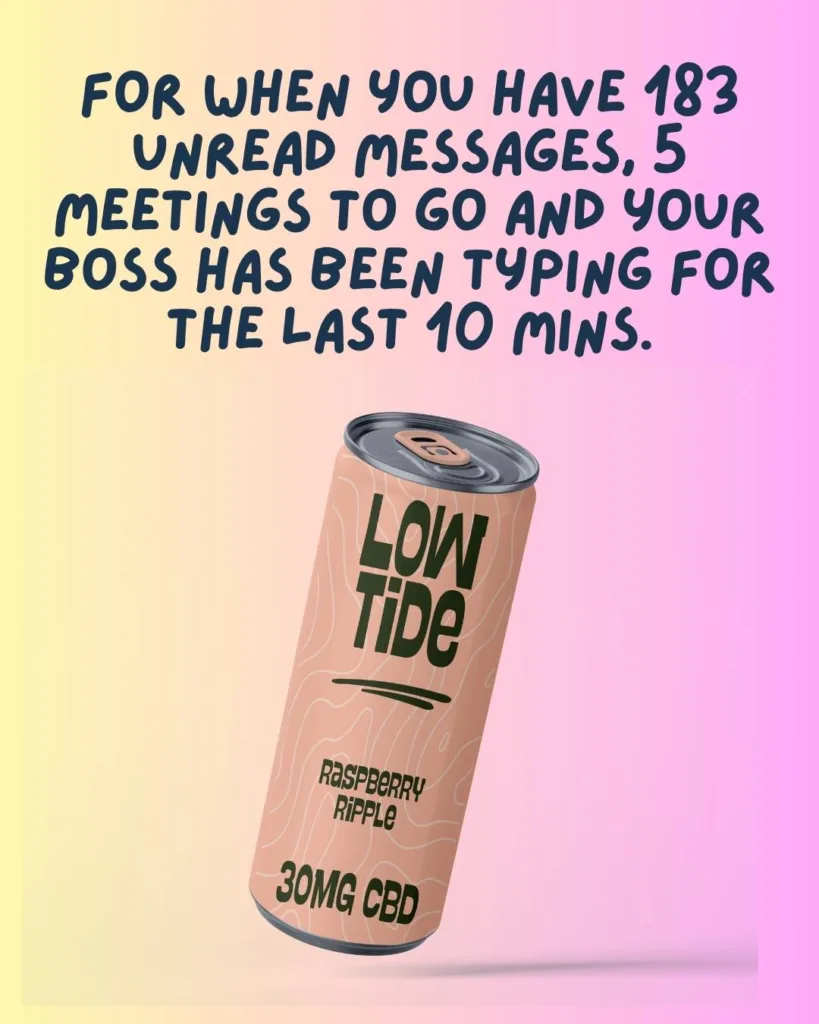
Now, this copy is actually pretty damn good.
👉 The details are tangible and concrete so it feels real and relatable.
👉 It feels like it’s speaking to one clear customer, not a broad audience.
👉 It does that thing that we wrote about Botivo doing a few weeks ago where it ties the product to a specific moment in a day, taking it from just a drink into a self-care ritual. Love that.
However, if we zoom out, we notice that it just doesn’t have any thumb-stopping techniques built-in.
It’s perfect for retargeting ads. It’s great for the feed. And it’d actually make a pretty decent h1…
But it’s missing that je ne sais quoi that makes people stop, pay attention and remember the brand.
(Especially when, as we said a few editions ago, your audience is already frazzled.)
But what if we used The Generation Effect to give ourselves a better chance of people paying attention and remembering our brand? That would end up looking something like this 👇
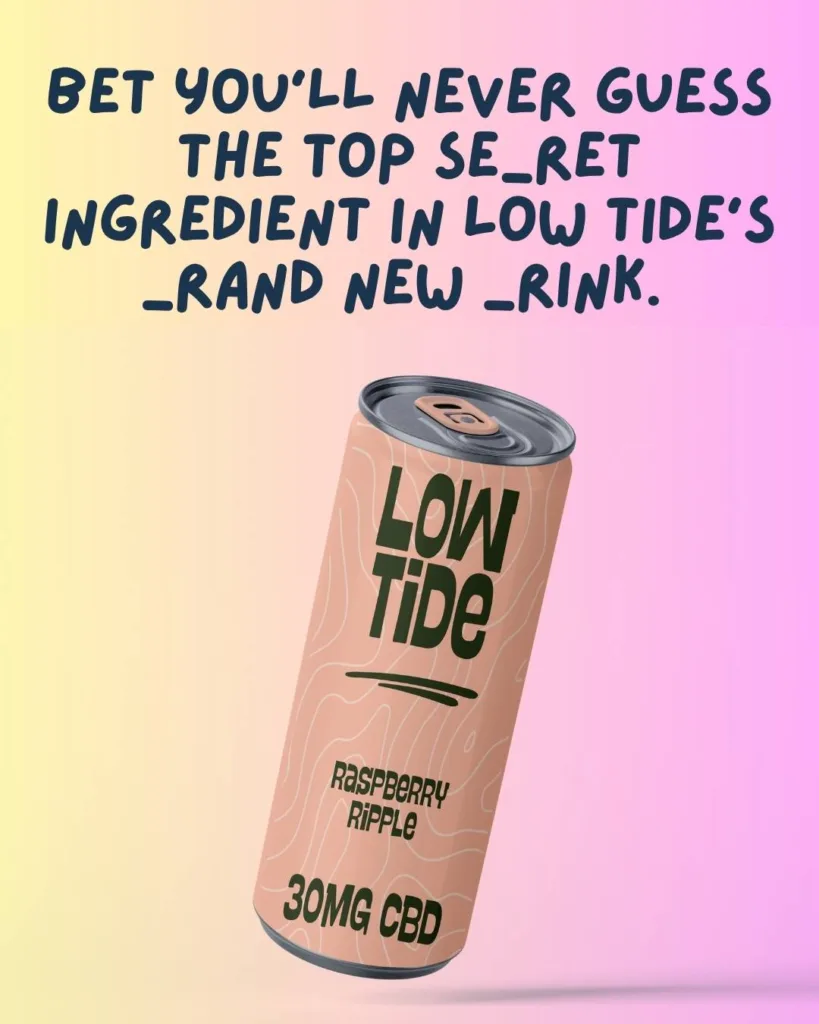
Now, does this copy sell the product as well as the previous ad? Absolutely not.
Is this copy going to lead to a huge spike in sales? Again, nope.
But is it proven to grab people’s attention and give the brand a double-digit improvement in brand recall? You know it.
And is it likely to get people commenting and sharing and feeding the algorithm gods? Also yes.
By just cutting out 3 letters and making sure that customers get that “aha!” moment when they figure it out, we’re reverse engineering a way for the terms Low Tide and CBD to be linked in our customers’ brains.
And that they’ll remember the brand too.
And the best thing about it? This trick is super easy to use.
There’s almost no nuance to it.
You don’t even have to get clever with the missing elements. You just can take a leaf out of Surreal’s notebook and just highlight some letters.
It’s quick. It’s effective. And it’s a really handy tool to have in your copywriting toolbox.
However… d_n’t u_e it t_o m_ch becau_e _t g_ts re_lly ann_ying, re_lly f_st.
Dive into more free tips and tricks 👇
How Starface use orthography to build a killer brand voice their customers love
The words you write matter. But so do your full stops, emojis and lowercase letters. Learn how to turn punctuation into a powerful part of your brand voice.
Why Oatly’s brand voice is so damn good (and how yours can be, too)
We dig into the three layers of brand voice (10,000ft, 1,000ft, ground level), show how Oatly nails each one and how you can do it for your own brand.
The weekly newsletter that takes your brand’s copy from “meh” to “hell f*cking yeah!”
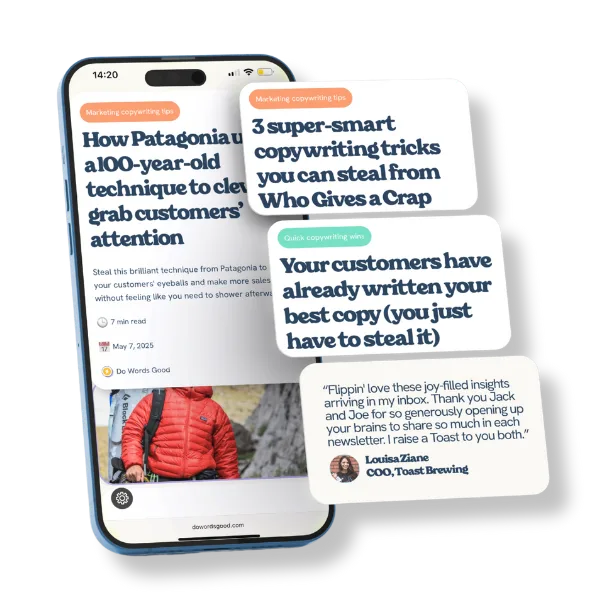
Read every week by legends at brands like these











